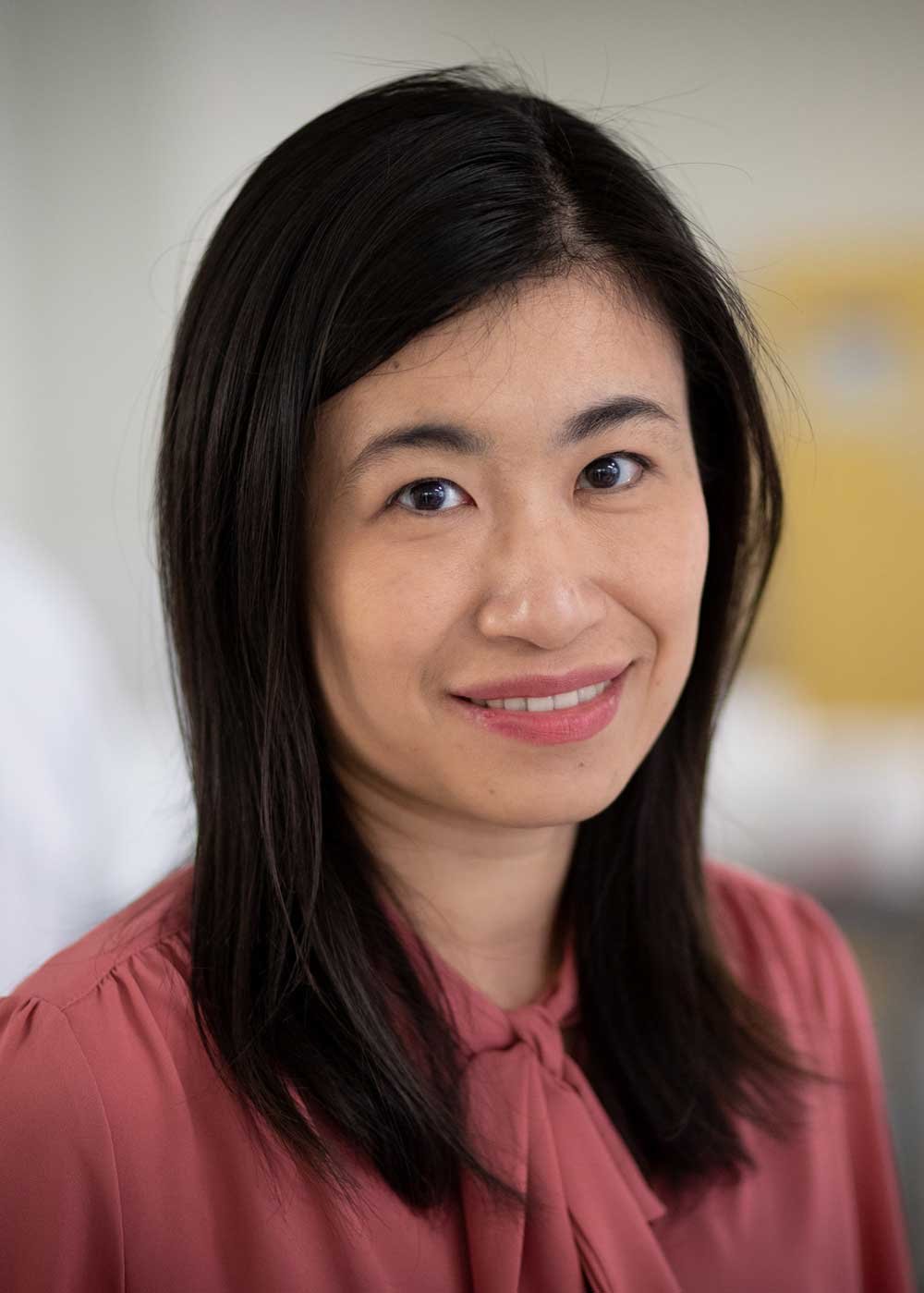Assistant Professor
Department of Biochemistry and Molecular Biology, School of Public Health
RESEARCH OVERVIEW
The Cai lab focuses on understanding how the transcription process is regulated in normal and cancer cells. We are intrigued by the discoveries in our lab that many transcription factors involved in cancers can form small, liquid-like condensates in the nucleus to activate transcription. Our results are consistent with an emerging and paradigm-shifting view in biology: many biochemical reactions inside the living cell are organized in liquid-like condensates formed by weak protein and nucleic acid interactions. This implies that the material states as well as the components of cellular assemblies matter for their functions. We develop and employ many cutting-edge imaging tools in the lab, such as super resolution microscopy, single particle tracking, and optogenetics. By studying these condensates, we hope to understand how transcription is differentially organized in normal and cancer cells, and how we can target these condensates for cancer therapies.
Biophysics and Structural Biology | Cancer Biology | Cell Biology | Genetics, Genomics and Gene Regulation | Translational Research
Selected Publications
Demmerle J, Hao S, Cai D. Transcriptional condensates and phase separation: condensing information across scales and mechanisms. Nucleus, 2023.
Hao S, Fuehrer H, Flores E, Demmerle, J, Lippincott-Schwartz J, Liu Z, Sukenik S, and Cai D. (Preprint). YAP condensates are highly organized hubs for YAP/TEAD transcription. bioRxiv, 2022. DOI: 10.1101/2022.10.24.513621
Magesh S, Cai D. Roles of YAP/TAZ in ferroptosis. Trends in Cell Biology, 2022.
Cai D, Liu Z, Lippincott-Schwartz J. Biomolecular Condensates and Their Links to Cancer Progression. Trends in Biochemical Sciences, 2021.
Cai D, Feliciano D, Dong P, Flores E, Gruebele M, Porat-Shliom N, Sukenik S, Liu Z, Lippincott-Schwartz J. Phase separation of YAP reorganizes genome topology for long-term YAP target gene expression. Nature Cell Biology, 2019.
Learn More
NCBI Bibliography | Faculty Profile | Lab Website | Google Scholar | Twitter

